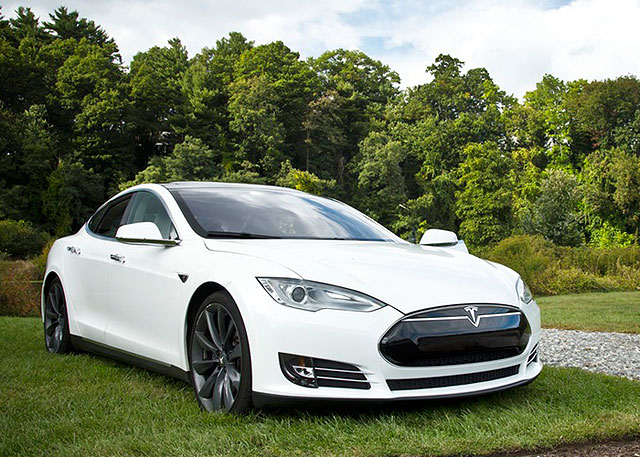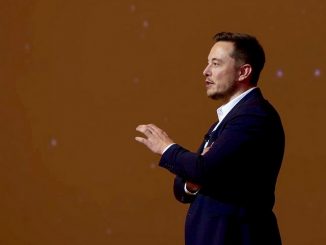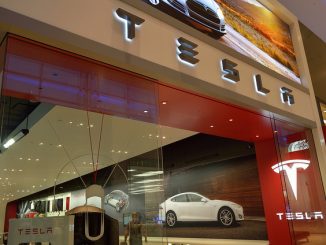
Although Tesla Motors Inc (NASDAQ:TSLA) made it clear that its autopilot feature will not turn its vehicles into self-driving cars, the way it was marketed in China suggested otherwise and this mistake has backfired on the carmaker when a motorist accused the company of misleading marketing. The technology is designed to help drivers switch lanes, find available parking space or maintain a safe speed.
However, Tesla’s autopilot technology was marketed as “zi dong jia shi,” in China, which means the car can drive itself. The misleading ad caused a crash earlier this month between a Model S and a parked VW in Beijing. The Model S driver accused the automaker of misleading marketing.
In response, Tesla said motorist did not put his hands on the wheel despite a warning from the instrument panel.
“As clearly communicated to the driver in the vehicle, Autopilot is an assist feature that requires the driver to keep his hands on the steering wheel at all times, to always maintain control and responsibility for the vehicle, and to be prepared to take over at any time,” the company said.
The driver, Luo Zhen, a 33-year-old programmer, admitted that he was “overly dependent on its self-driving function” of the vehicle on his Sina Weibo account. But he added that the salesperson made him think that the autopilot feature gave his Model S – which retails at 27,500 yuan ($4,100) — had self-driving capabilities.
According to Luo, he only took his hands off the wheel for “about 10 seconds” before the crash occurred, noting that had he let go for a longer time, the autopilot feature would have reminded him to bring his hands back to the wheel. He said he saw the Volkswagen Santana parked on the left front of his car a second too late and there was no chance to swerve. The Model S crashed on the Santana, causing damage on the parked car.
The incident marks the latest episode in the debate over the safety of Tesla’s autopilot system. The automaker’s autopilot technology has faced heavy criticisms following a fatal crash on a Florida highway that caused the death of its driver, Joshua Brown, 40. The incident was the first known Autopilot-related fatality recorded.
Fears over Tesla’s autopilot feature marred the software’s debut in October. Dozens of driverless-car advocates slammed the automaker’s marketing ploy for convincing drivers into believing that the car is in control once the autopilot feature has been activated, citing online videos of drivers reading or sitting in the backseat while the car drove by itself, when in fact, drivers are not allowed to take their hands off the wheel at all.
The Beijing fender bender lit the Chinese online discussions, putting the blame on the driver for failing to understand the limits of the technology particularly in China’s chaotic traffic.
“In China, how did you dare to let your car drive itself?” said a Sina Weibo user called Jonathan Beta. A Sina Weibo user called Tony Lin wrote: “Traffic conditions in China are extraordinarily complex. For any cars featuring (semi) autonomous driving, salespeople must not exaggerate the function, instead they should repeatedly remind drivers of not being dependent on the system.”
Disclaimer: This page contains affiliate links. If you choose to make a purchase after clicking a link, we may receive a commission at no additional cost to you. Thank you for your support!




Leave a Reply